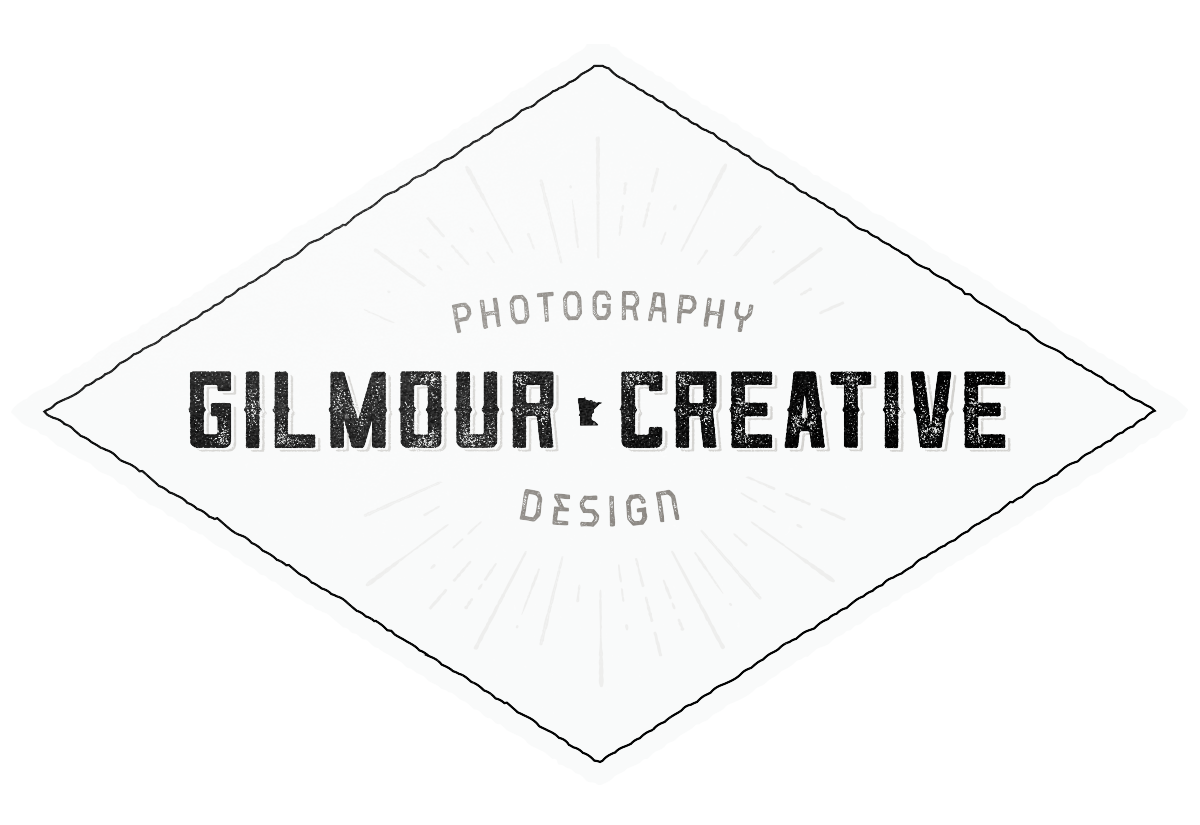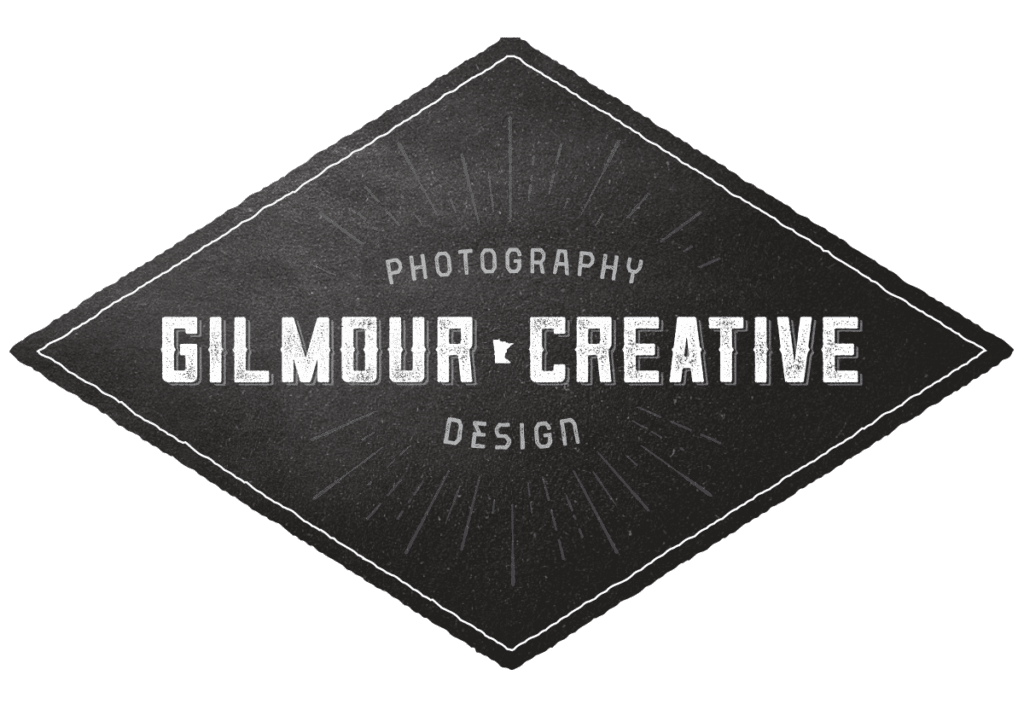We all love going to trade shows and seeing the beautiful and creative trade show exhibits on the floor. You may find yourself saying, “I like that!” or “I want us to do something like that.” But, what is it that you “like” about that particular booth? And more importantly, is that appropriate for you and your company?
When designing and creating a trade show display, four things need to be considered before you even think about submitting your ideas for creation. Understanding your objectives (or your clients’ objectives if you’re the designer), is a crucial part in the planning process. Here is a 4-step plan to outline the steps you should take when designing or tweaking your trade show booth:
1. Situation Analysis: WHO are you? Who is your company? This sounds like an obvious statement but there is real value here. It is crucial to understand who you are as a business; it’s like understanding your personality type. What are your values? What do you represent? What do you sell? Your display is your stage. On that stage you must be yourself and let your core purposes shine through. Understanding who you are as a company and what reputation you want to establish (or continue) is the groundwork for a great trade show display.
2. Know Your Objectives: WHAT are you trying to accomplish at the trade show or with your display? This question always returns blank stares and fumbling hands. For some reason, having an objective is the hardest yet simplest thing to define for a company. Having an objective means understanding what you want to get out of your event, which means understanding goals and planning ways to meet them. Before you can jump to the idea for your booth or design it, your trade show objectives need to be well-defined and have a plan of execution. This will play out in your exhibit design.
3. Strategy: HOW will you accomplish your goals? This is justified based on your needs as a company. To accomplish your goals, you need a plan of action. Strategy stems from your objectives and will help you to think through all the important pieces to make your final product come together.
4. Justified Result: WHY did you do what you did? After all is said and done, you should be able to look at your finished product and know that everything you did had a purpose. Every step in the process had a purpose. Every decision was thought out. That graphic is centered there because it plays into the contoured lines here, to give this effect. Most importantly, this conclusion is where you can round back to a new situation analysis and say you did this because this is now who you’ve become.
So what are your objectives? Are you exhibiting to the right audience? Remembering and implementing these 4 steps in your next trade show planning process will change the way you exhibit and give you the results you’ve been waiting for.


